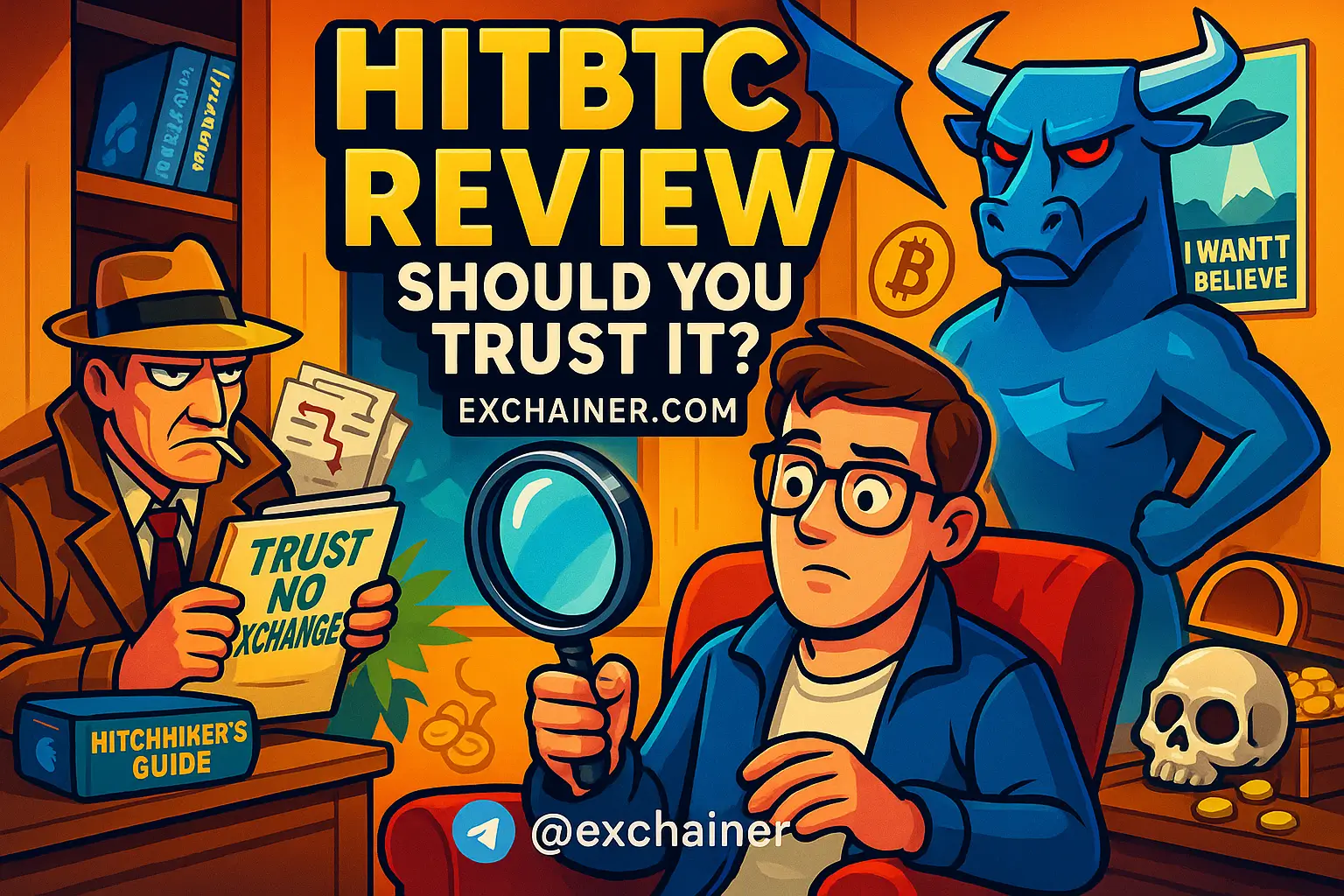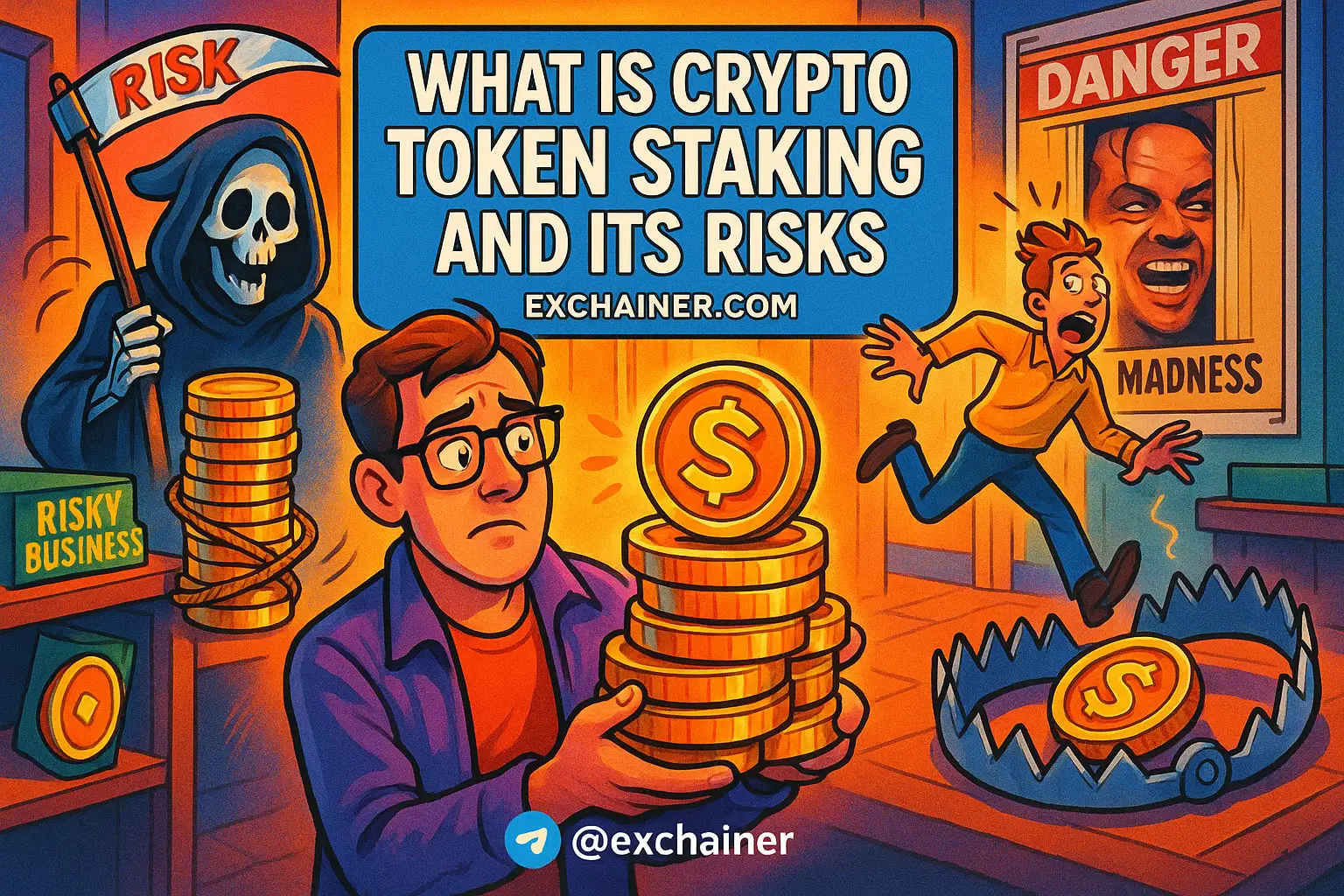In the rapidly evolving world of cryptocurrency, understanding the mechanics of how digital currencies interact is pivotal, especially for newcomers. One fascinating concept that stands out is "Atomic Swapping." If you're scratching your head, wondering what the fuss is about, you're in the right place! This beginner-friendly guide will demystify atomic swaps, highlighting their significance, applications, and how they can empower your trading experience. By the end, you’ll not only grasp the fundamentals but will also have a practical understanding of this groundbreaking technology.
Atomic swaps are crucial because they allow direct peer-to-peer trading of cryptocurrencies across different blockchains without needing a centralized exchange. This innovation can significantly enhance the overall efficiency of cryptocurrency transactions, reducing costs and increasing trust among users. Imagine being able to seamlessly exchange Bitcoin for Ethereum in a way that guarantees both parties fulfill their end of the bargain. Sounds exciting, right? Atomic swaps might just be the highway to that future.
Let's dive deeper into this remarkable concept. We will explore what atomic swaps are, how they work, the advantages they offer, and real-world examples to solidify your understanding.
What Are Atomic Swaps?
Atomic swaps are a method that allows the exchange of one cryptocurrency for another directly between users without relying on third parties. This process utilizes smart contracts to ensure that both parties meet the terms of the exchange. If one party fails to fulfill their side of the deal, the transaction will automatically reverse, ensuring that neither party loses their crypto.
To put it in simple terms, think of atomic swaps as an automated coin swap between friends. Imagine you have some of your friend's rare Pokémon cards, and they have some sports cards you want. You both agree to trade, but you don't trust each other completely; you want to ensure you don't end up with nothing. An atomic swap would allow you to trade those cards securely, where both of you keep your items until the trade conditions are met. If either side fails to deliver, the initial exchange goes back to where it started. That’s trust without the need for a middleman!
How Do Atomic Swaps Work?
To grasp the technical side of things, let’s break down the atomic swap process into manageable steps:
-
Creating a Smart Contract: The process begins by creating a smart contract on each blockchain involved—essentially a program that defines the terms of the swap and automates the execution once conditions are satisfied.
-
Hash Time-Locked Contracts (HTLC): These contracts ensure that the exchange is completed within a certain timeframe. If the transaction isn’t completed by a set date, the funds are returned to their original owners. This method adds a layer of security.
-
Exchanging Cryptocurrency: Once the contracts are created, both parties exchange their cryptocurrencies by locking them in the respective smart contracts. Each party needs to have an additional piece of information, usually a cryptographic key, to unlock the funds.
-
Successful Swap: If both parties proceed accordingly, the funds get unlocked simultaneously, and both cryptocurrencies are successfully exchanged.
-
Failure and Reversal: If one of the parties doesn’t fulfill their end of the deal within the specified time, the HTLC expires, and the funds are sent back to the original owners.
This process works so seamlessly that it can feel like magic! Just as you wouldn’t want to hand over your cherished possession without knowing you’d get yours in return, atomic swaps ensure that both parties protect their interests.
Why Do We Need Atomic Swaps?
The advantages of atomic swaps are notable, especially in a crypto world often plagued by high fees, exchange hacks, and lack of trust between parties. Here are some compelling benefits:
1. Decentralization: One of the primary reasons atomic swaps are gaining traction is they eliminate the need for a centralized exchange. Users can trade directly, thus minimizing trust issues and removing intermediary fees.
2. Reduced Fees: Since there’s no middleman, traders can enjoy significantly lower transaction fees. Instead of paying for exchange services every time they swap cryptocurrencies, users can keep their earnings.
3. Increased Security: Atomic swaps enhance security by reducing the need to keep large sums in exchanges that could be vulnerable to hacks. Users retain control of their funds throughout the transaction process.
4. Cross-Chain Transactions: With atomic swaps, you can swap different cryptocurrencies that operate on different blockchains. This versatility can open doors for greater liquidity and trading opportunities.
5. Trustless Transactions: As previously mentioned, atomic swaps create a trustless environment. Users don’t have to trust each other—confidence comes from the smart contracts ensuring fairness.
Examples of Atomic Swaps in Action
To bring atomic swaps to life, let’s consider some examples:
-
Bitcoin to Litecoin Swap: Imagine Alice owns Bitcoin but wants to purchase Litecoin from Bob. They could utilize atomic swapping to trade directly. Both parties create HTLCs; if Alice fails to transfer her Bitcoin to Bob, the swap reverses, protecting both sides.
-
Cross-Chain Success Between Ethereum and Bitcoin: In decentralized applications, developers are exploring atomic swaps between Ethereum’s ERC-20 tokens and Bitcoin. This type of swap showcases the capability of atomic swaps to integrate multiple blockchain protocols.
-
A Real-World Case: Kyber Network is one of the platforms that have implemented atomic swaps. Users can exchange various cryptocurrencies in real-time, showcasing how decentralized trading can work in practice.
Using practical examples helps clarify any confusion and makes the concept more relatable. After all, wouldn’t you prefer to see how it plays out in actual scenarios?
Challenges and Limitations of Atomic Swaps
While atomic swaps have fantastic potential, they aren’t without their challenges. Here are some limitations to consider:
1. Complexity: The concept of atomic swaps can be complex, particularly for beginners. Understanding smart contracts and HTLCs can present a learning curve for those new to cryptocurrency.
2. Not Universally Supported: Currently, not all cryptocurrencies support atomic swaps. This limitation can restrict trading options for users looking to exchange less popular or newly launched coins.
3. Timing Issues: The smart contracts are time-sensitive, meaning that any delays in the execution can prevent the swap from taking place, leading to frustration among users.
Still, for those willing to embrace the technology, the benefits often outweigh the drawbacks!
Getting Started with Atomic Swaps
So, how can you get started with atomic swaps? Here are some tips for you, friends:
-
Choose the Right Platforms: Seek out exchanges or decentralized platforms offering atomic swapping features. Research their reputation and user experiences for safety during transactions.
-
Keep Your Wallets Ready: Ensure you have wallets that support the cryptocurrencies you wish to trade. For example, wallets like Exodus or Atomic Wallet commonly support this feature, allowing seamless swaps.
-
Understand the Fees: While atomic swaps significantly reduce fees compared to traditional exchanges, be aware of any fees charged by the wallets or platforms you use.
-
Stay Informed About Market Trends: As with any cryptocurrency trading, keeping an eye on market trends can help optimize your swap timing, increasing your chances of a favorable exchange.
-
Start Small: If you're trying atomic swaps for the first time, start with smaller amounts. This way, you can test the waters and learn the ropes without risking significant capital.
As you embark on your cryptocurrency journey, the innovation of atomic swaps represents a powerful tool in your trading arsenal.
Conclusion
To wrap things up, atomic swapping is a remarkable breakthrough in the cryptocurrency landscape, symbolizing the future of direct and trustless peer-to-peer exchanges. By eliminating the need for intermediaries, reducing fees, and ensuring secure transactions, atomic swaps enhance convenience for traders. Through their operation, they provide a glimpse into how decentralized finance can reshape our financial systems.
As you explore the world of cryptocurrency, consider how atomic swaps can bolster your trading strategies. If you found this guide helpful, we encourage you to delve deeper into other facets of cryptocurrency. Check out our articles in Crypto 101, explore Exchange Reviews, and discover handy tools in Tools and Wallets. Together, let’s navigate the exciting world of digital currency and unlock the future of finance!












